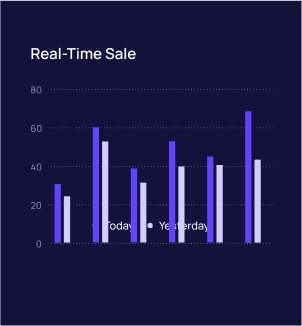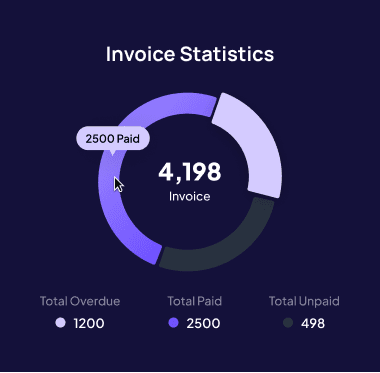
First-Time User Guide
A basic understanding of REST APIs, and JSON.
First-Time User Guide
A basic understanding of REST APIs, and JSON.
We're thrilled to have you here! Whether you're an experienced developer or just getting started, this guide will help you integrate with our platform efficiently.
1. What Our API Offers
Our APIs enable seamless interaction with [describe core functionalities], allowing you to [highlight benefits such as automation, scalability, or efficiency].
2. Prerequisites
Before diving in, ensure you have:
A basic understanding of REST APIs, JSON, and authentication methods.
A development environment with [list tools such as Postman, Python, or Node.js].
3. Obtaining Your API Key
To use our APIs, generate an API key by:
Signing up on our developer portal.
Accessing the API section and selecting your desired API.
Generating and storing your API key securely.
4. Making Your First API Request
Use the following cURL command to make a test request:
curl -X GET "https://api.example.com/v1/resource" \ -H "Authorization: Bearer YOUR_API_KEY"
Replace `https://api.example.com/resource` with the actual API endpoint and `YOUR_API_KEY` with your API key.
5. Sample Code
Here's a simple example in Python demonstrating how to make an API call:
python import requests url = 'https://api.example.com/resource' headers = { 'Authorization': 'Bearer YOUR_API_KEY' } response = requests.get(url, headers=headers) if response.status_code == 200: data = response.json() print(data) else: print('Error:', response.status_code)
Replace `https://api.example.com/resource` with the actual API endpoint and `YOUR_API_KEY` with your API key.
Explore additional documentation, test sample code, and join our developer community for further guidance.
We're thrilled to have you here! Whether you're an experienced developer or just getting started, this guide will help you integrate with our platform efficiently.
1. What Our API Offers
Our APIs enable seamless interaction with [describe core functionalities], allowing you to [highlight benefits such as automation, scalability, or efficiency].
2. Prerequisites
Before diving in, ensure you have:
A basic understanding of REST APIs, JSON, and authentication methods.
A development environment with [list tools such as Postman, Python, or Node.js].
3. Obtaining Your API Key
To use our APIs, generate an API key by:
Signing up on our developer portal.
Accessing the API section and selecting your desired API.
Generating and storing your API key securely.
4. Making Your First API Request
Use the following cURL command to make a test request:
curl -X GET "https://api.example.com/v1/resource" \ -H "Authorization: Bearer YOUR_API_KEY"
Replace `https://api.example.com/resource` with the actual API endpoint and `YOUR_API_KEY` with your API key.
5. Sample Code
Here's a simple example in Python demonstrating how to make an API call:
python import requests url = 'https://api.example.com/resource' headers = { 'Authorization': 'Bearer YOUR_API_KEY' } response = requests.get(url, headers=headers) if response.status_code == 200: data = response.json() print(data) else: print('Error:', response.status_code)
Replace `https://api.example.com/resource` with the actual API endpoint and `YOUR_API_KEY` with your API key.
Explore additional documentation, test sample code, and join our developer community for further guidance.


Unlock Your Financial Potential with Automation
Create dynamic budgets with predictive insights and scenario planning to help you manage future cash flows.




Unlock Your Financial Potential with Automation
Create dynamic budgets with predictive insights and scenario planning to help you manage future cash flows.




Unlock Your Financial Potential with Automation
Create dynamic budgets with predictive insights and scenario planning to help you manage future cash flows.



